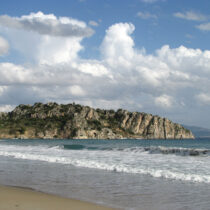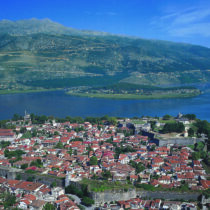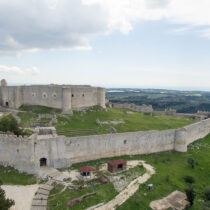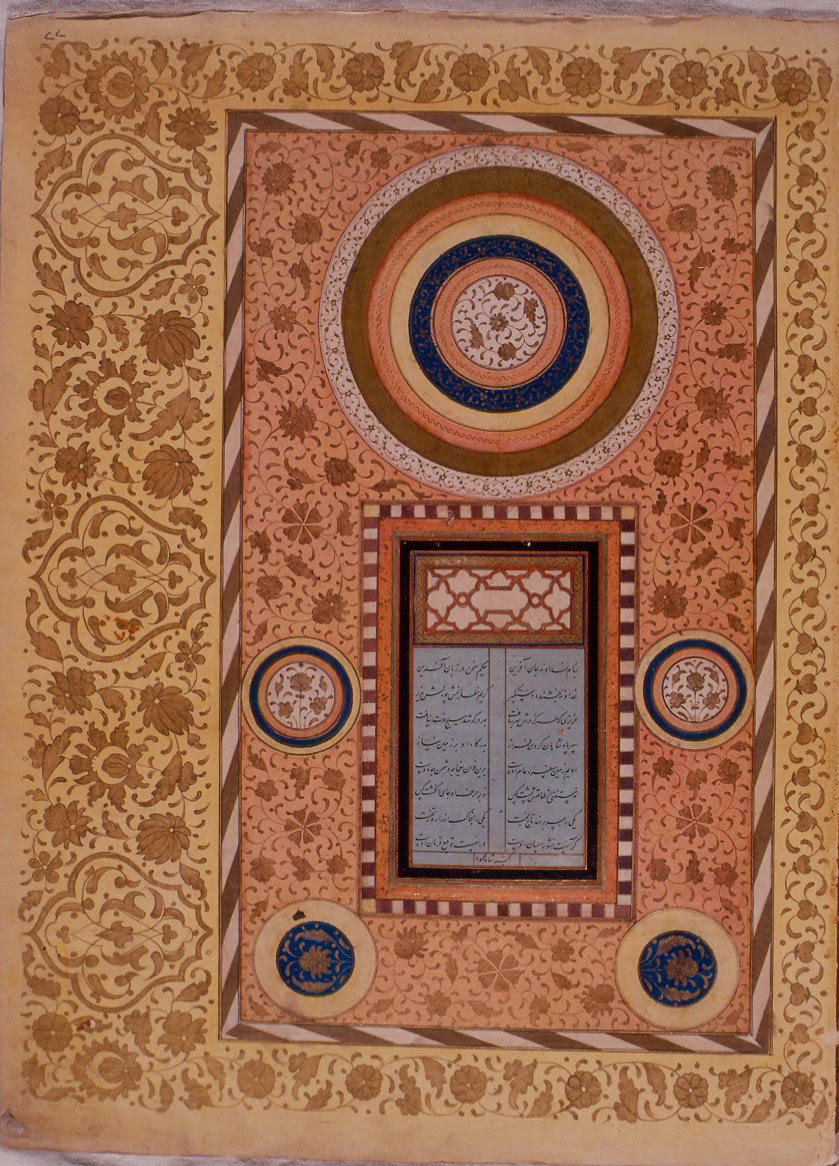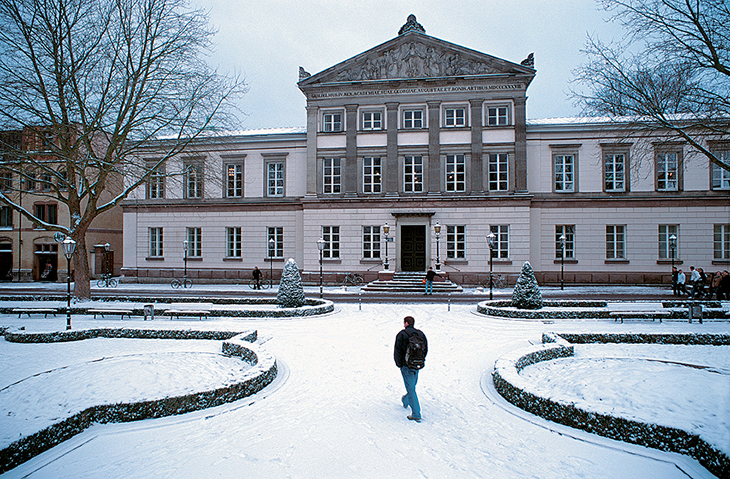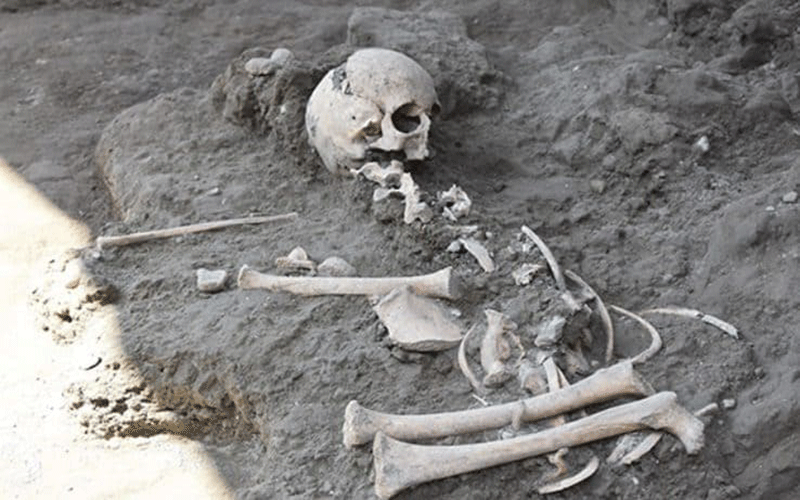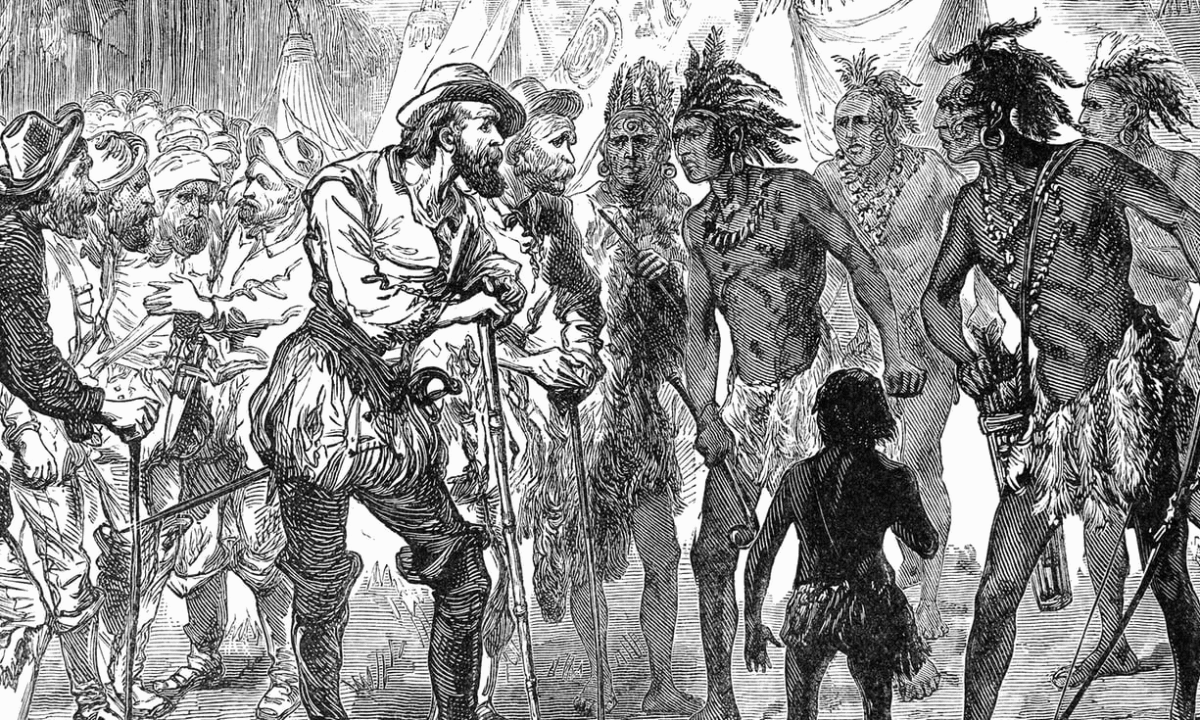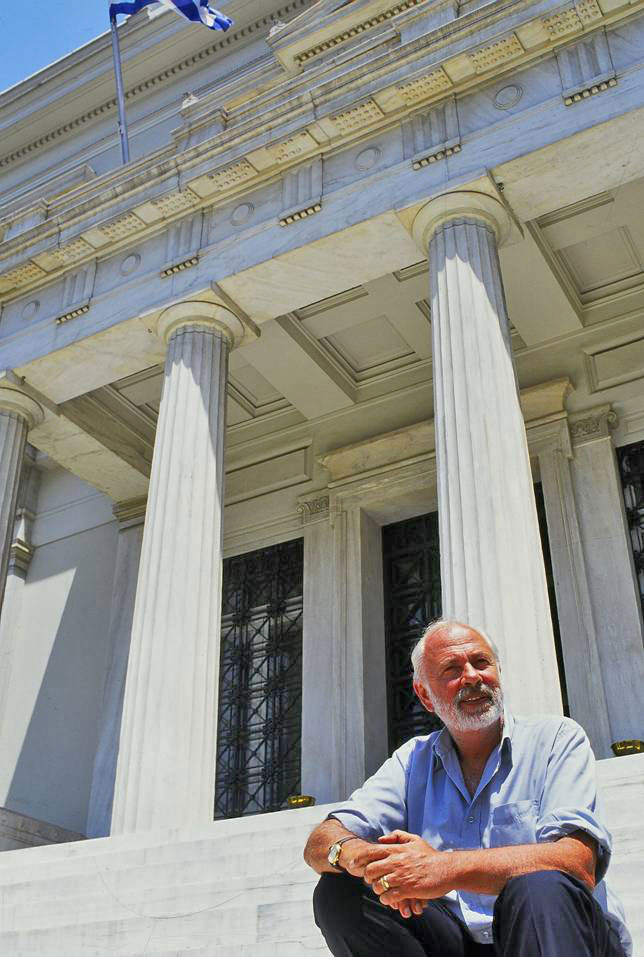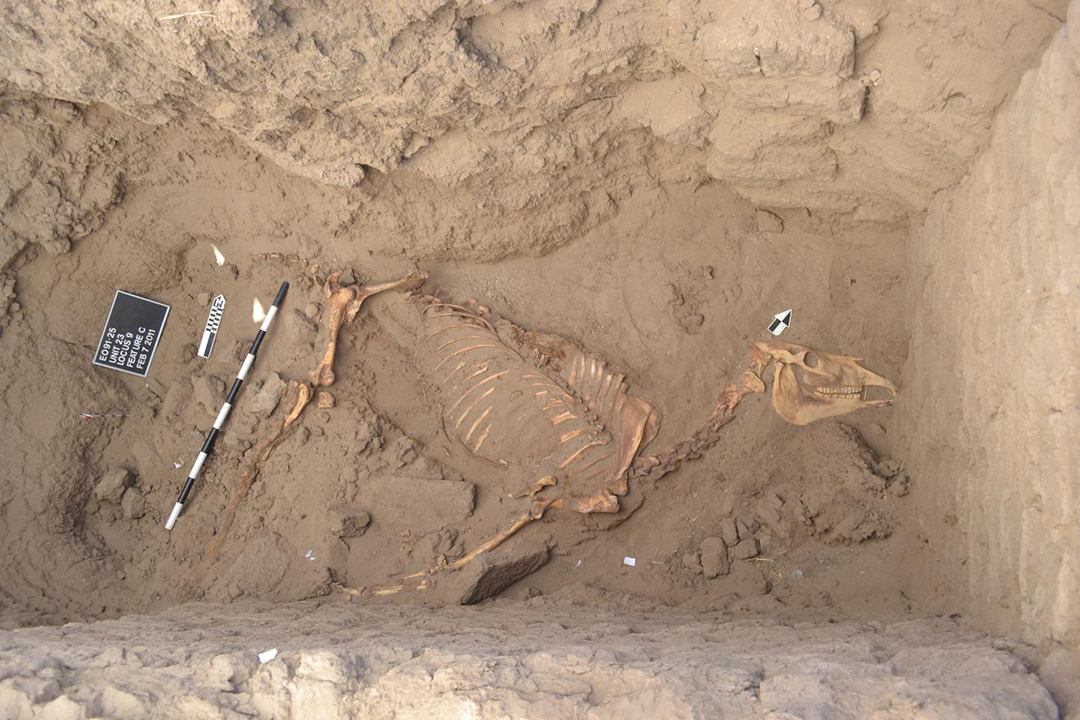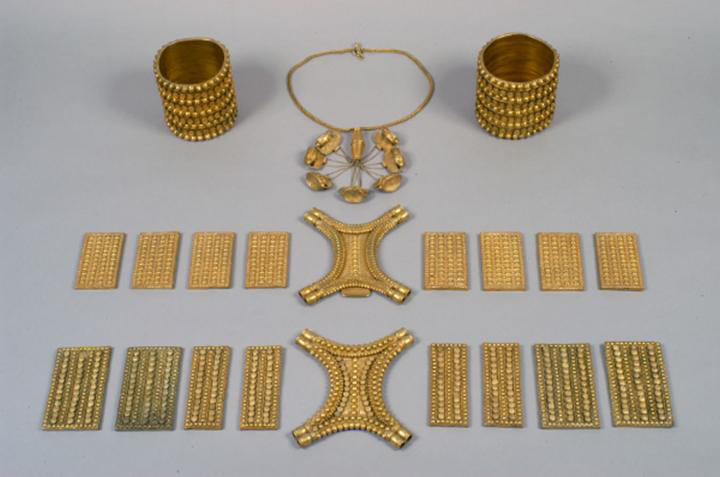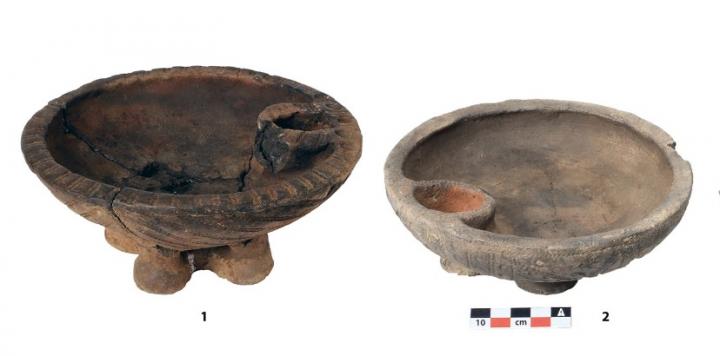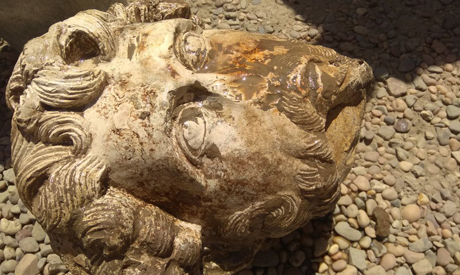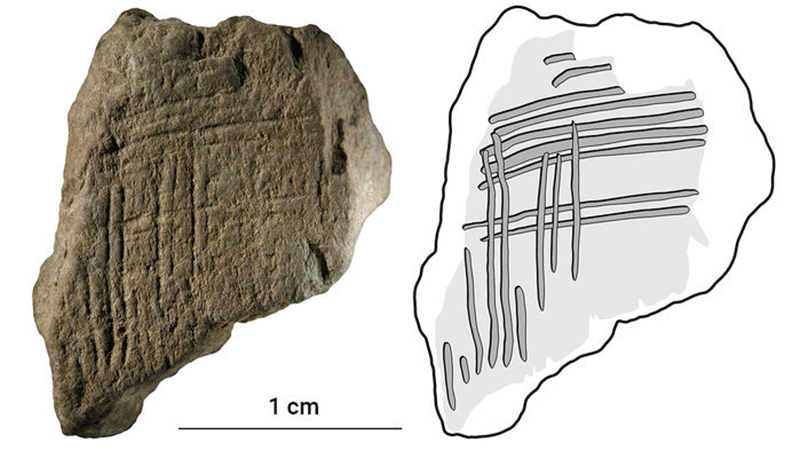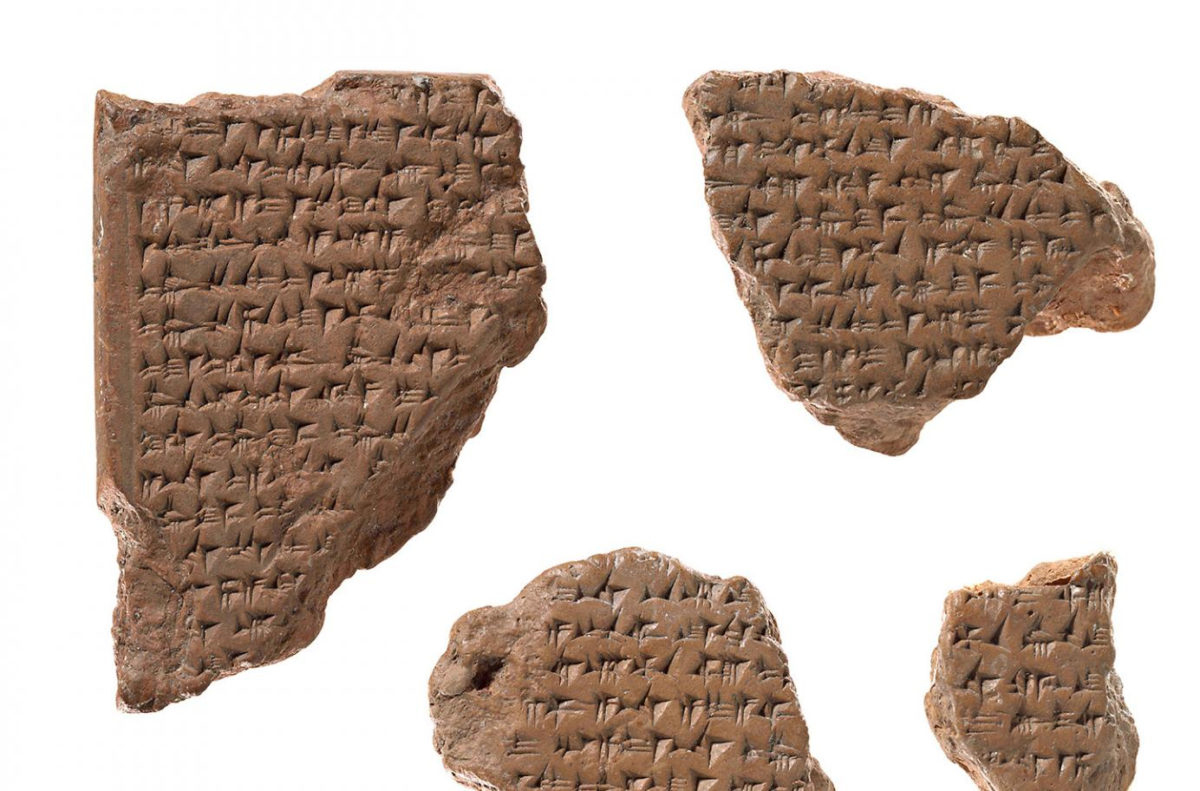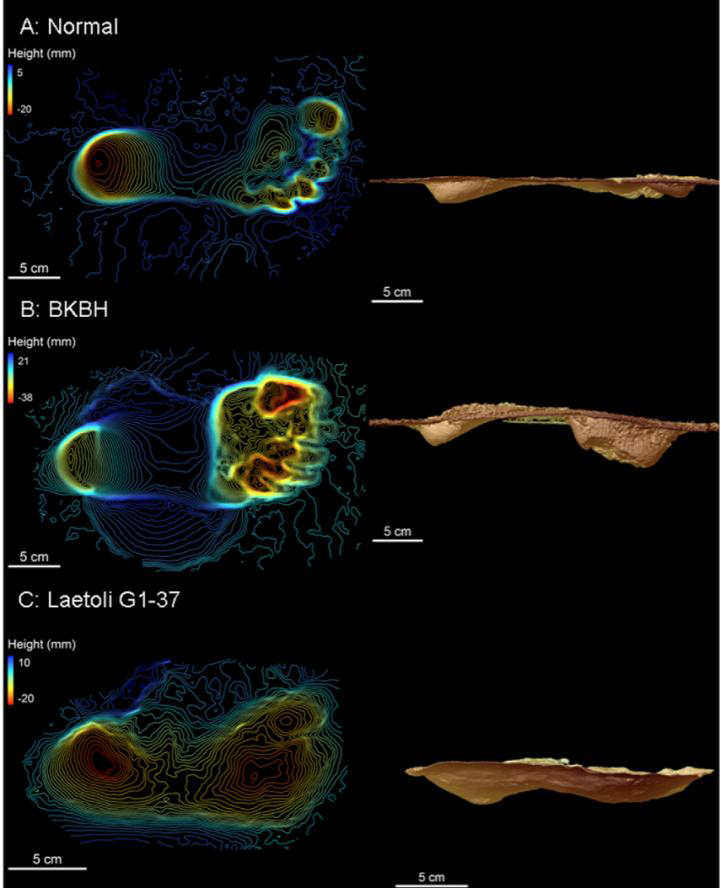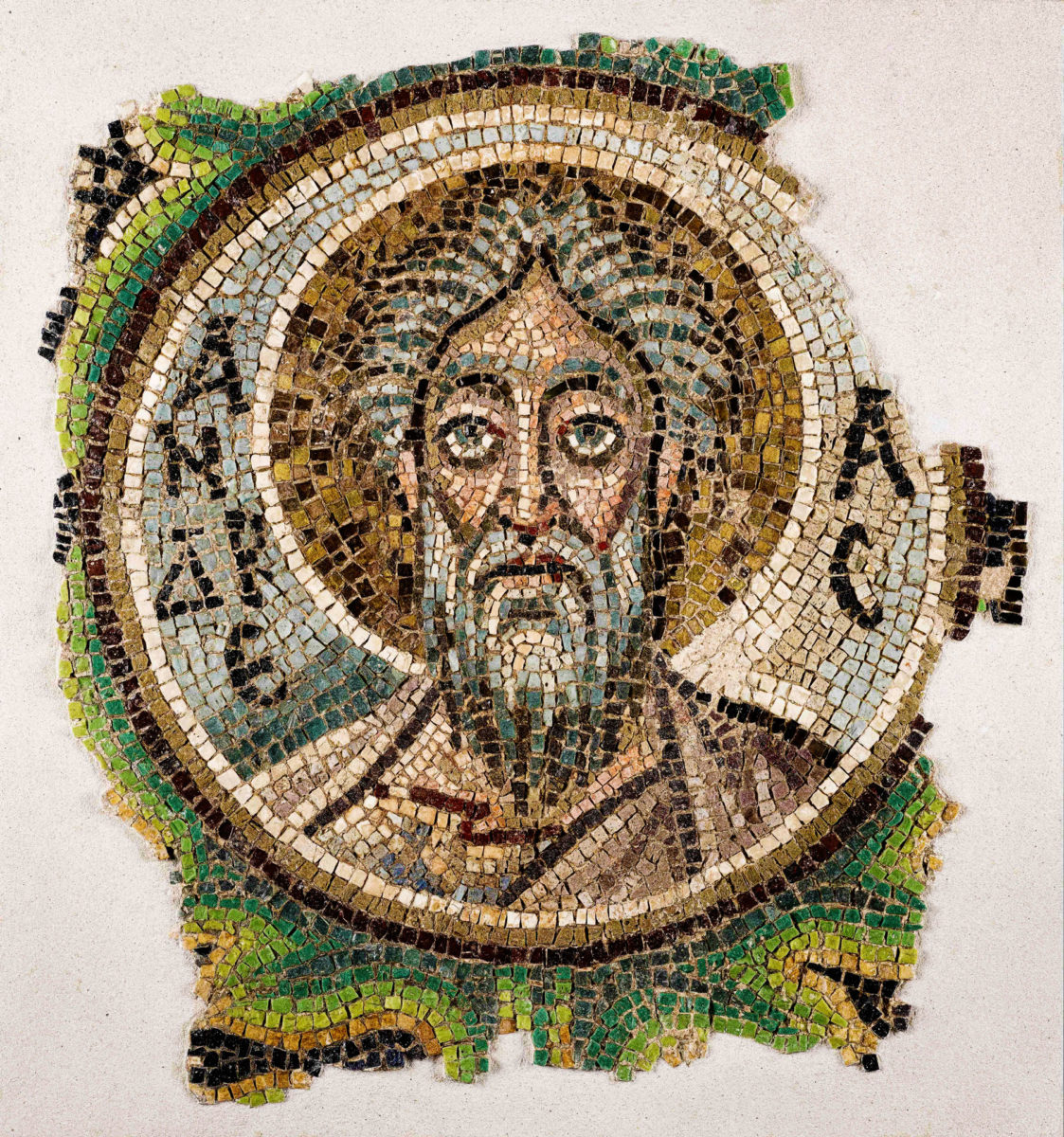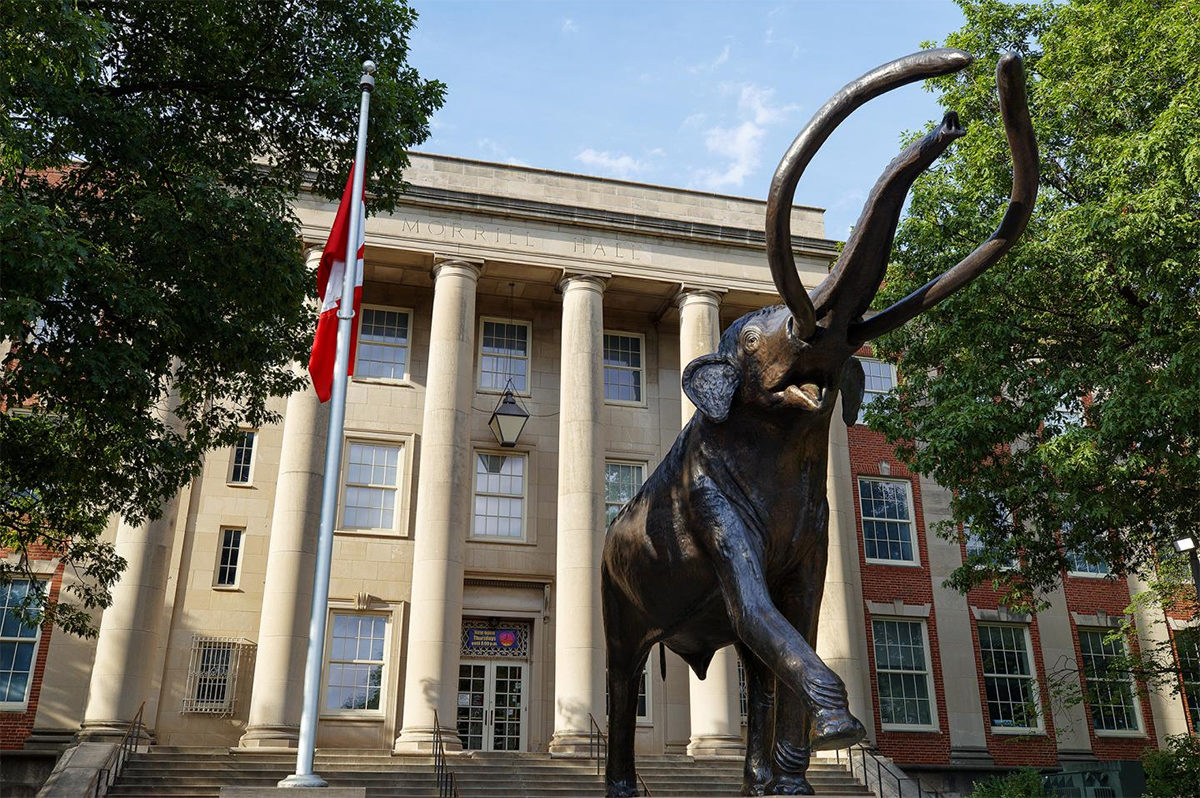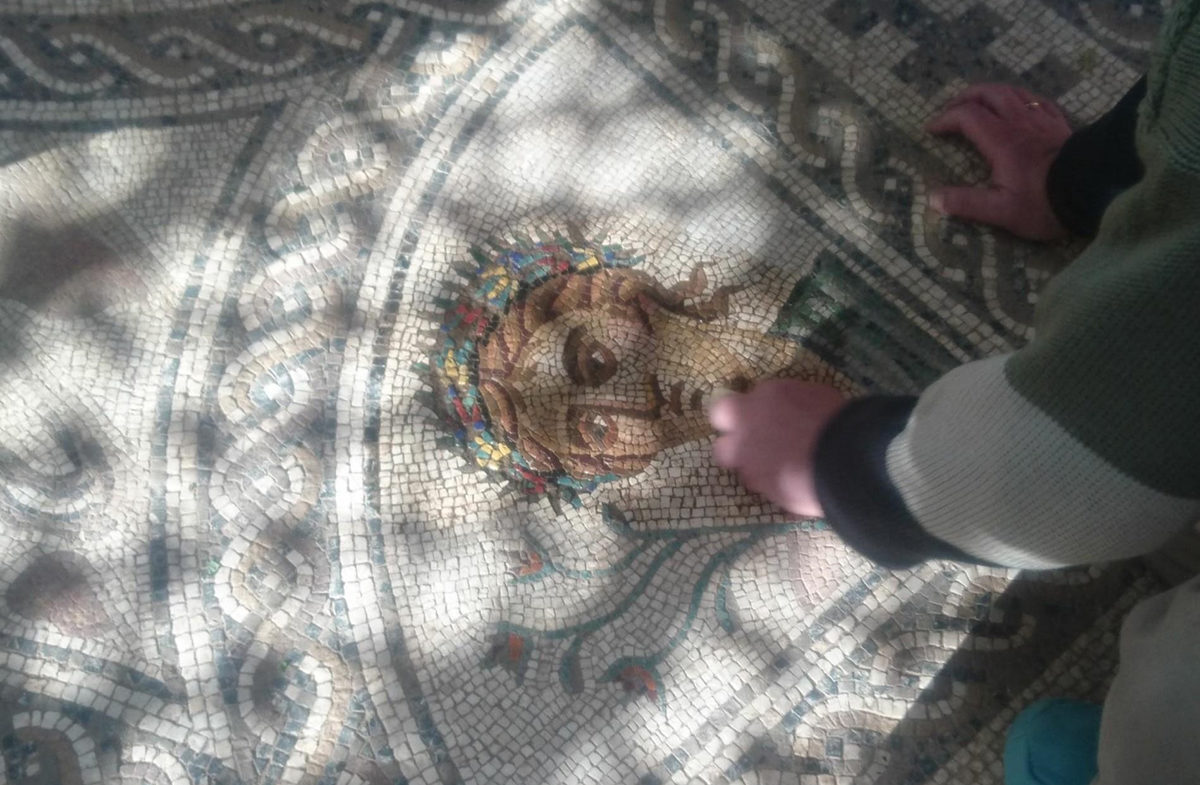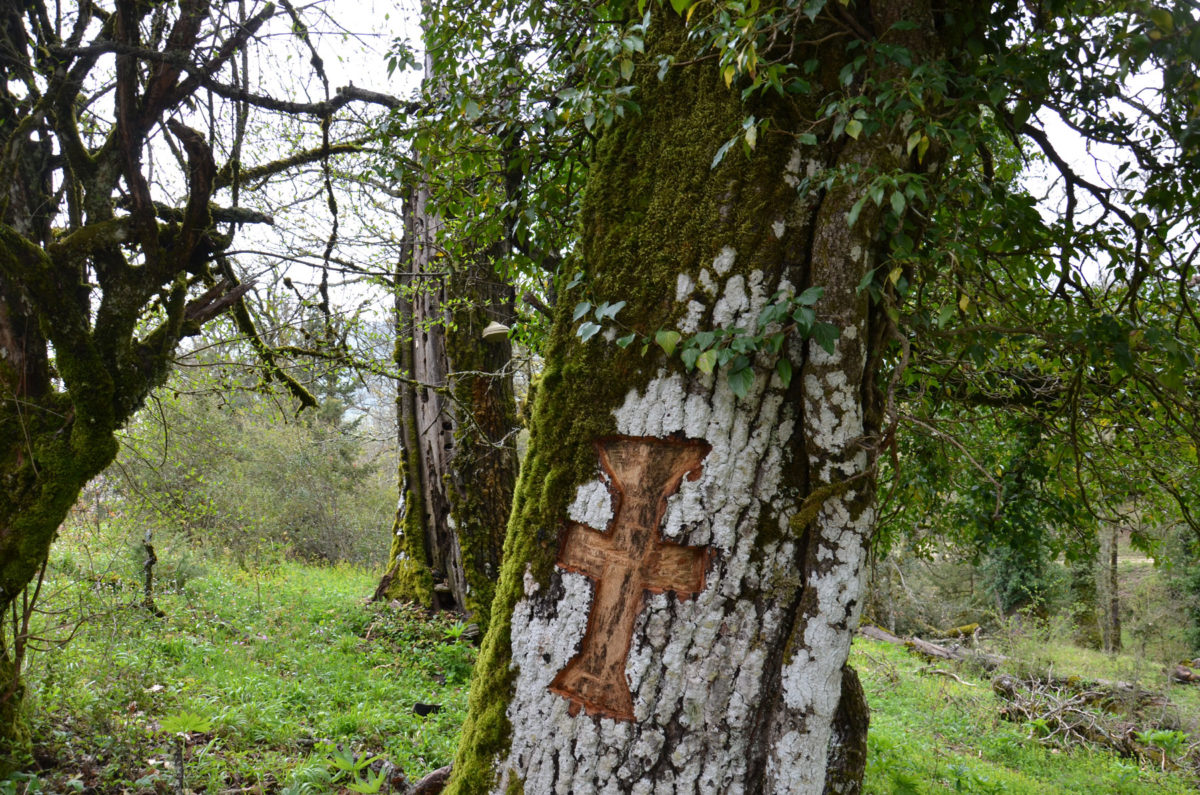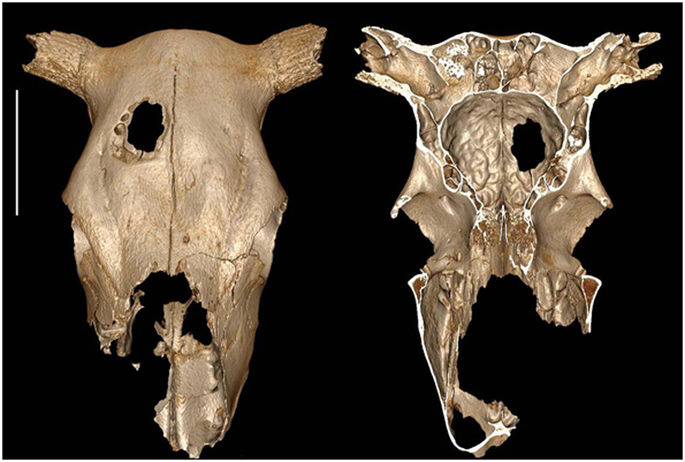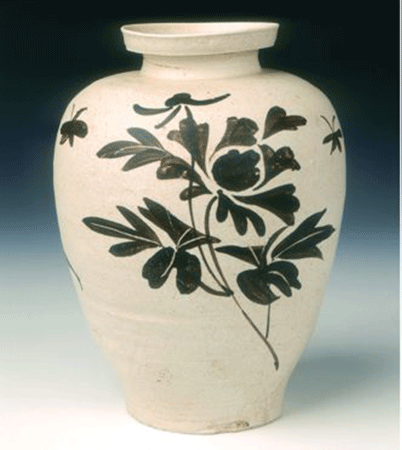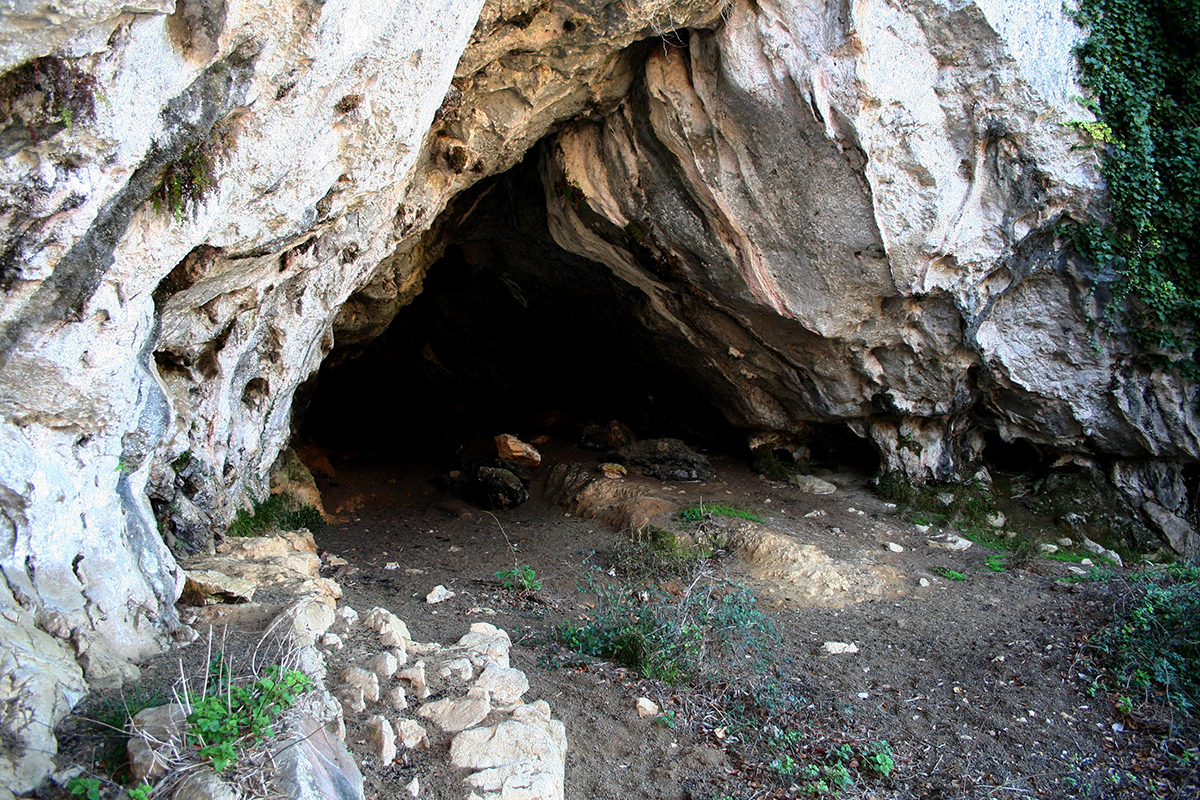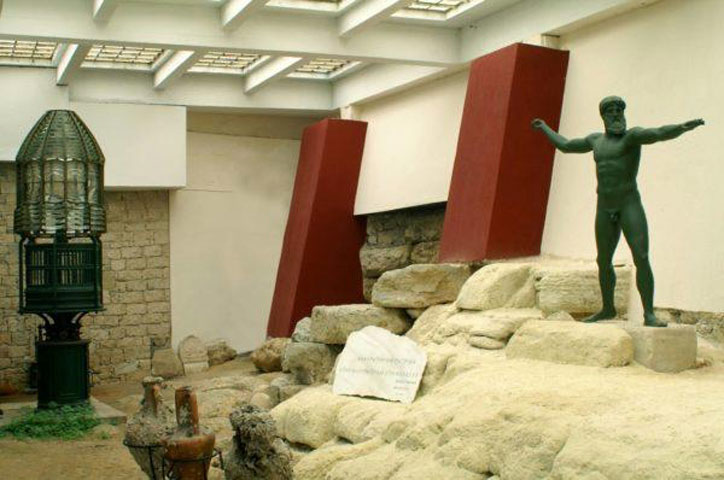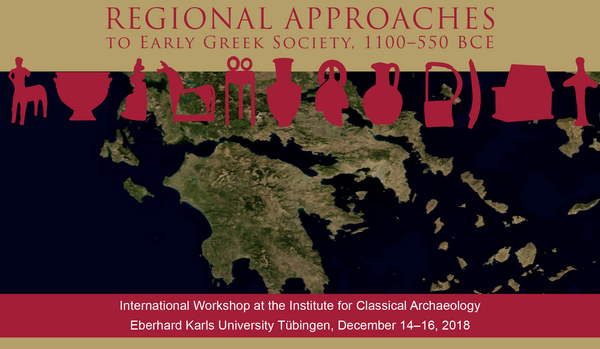The Album of the World Emperor: Cosmopolitan Collecting at the Ottoman Court of the Seventeenth-Century
The lecture will examine an early-seventeenth century album made for the Ottoman sultan Ahmed I.
‘As It Is Written’? Uses of Sources in Ancient Mediterranean Texts
Proposals for papers focusing on the use of sources in ancient texts from scholars working in Classics, Hebrew Bible, and/or Ancient Near Eastern Studies are invited.
The skeleton of a child has been discovered at Pompeii site
The skeleton of a child has been unearthed from the ruins of Pompeii, as was announced yesterday.
New study shows that early Caribbean peoples were not cannibals
A team of scientists are using archaeological evidence to defute accounts of Carib people as ferocious and man-eating.
Angelos Delivorrias has passed away
A state funeral will be held for Angelos Delivorrias at the First Cemetery of Athens, on Friday April 27 at 14.00.
Purdue archaeologists on ancient horse find in Nile River Valley
An ancient horse burial at Tombos shows that a member of the horse family thousands of years ago was more important to the culture than previously thought...
Geologists assist in solving the mystery of a gold treasure
Elemental and isotopic chemical analyses conducted by the UPV/EHU-University of the Basque Country discover the source of the metal in items belonging to the controversial Carambolo treasure.
MSU scientists found the seeds of domestic plants in the burial sites of ancient nomads
MSU-based scientists found the seeds of domestic plants in the burial sites of ancient nomads.
Excavating a large funerary monument in Aetolia
The excavation brought to light a massive mound of stones made up of blocks of sandstone and white limestone, which occupied part of the bed of an ancient quarry.
Two discoveries in Luxor and Aswan
An Archaeological Egyptian Mission from the Ministry of Antiquities working at the south part of Karnak Temples’ 10th pylon, has uncovered architectural elements of god
Osiris-Ptah-Neb shrine.
New study tries to tell if prehistoric lines carved on cave walls are symbols
Lines scratched on rocks or eggs by humans about 100,000 are being investigated by scientists to define whether they are symbols or simply decorations.
What the oldest peace treaty in the world teaches us
According to archaeologists, the world’s oldest peace treaty disproves the widespread notion that in antiquity, peace was not brought about by negotiations, but always by humiliating those who had lost.
Human-like walking mechanics evolved before the genus Homo
Ancient footprints help researchers date the switch from a crouched to more straight-legged gait.
Cyprus: Return of 6th century AD mosaic
The Archdiocese of Cyprus announced that it is “a Byzantine work of the highest significance and one of the very few cases that escaped Iconoclasm”.
Unprecedented wave of large-mammal extinctions linked to ancient humans
Homo sapiens, Neanderthals and other recent human relatives may have begun hunting large mammal species down to size – by way of extinction – at least 90,000 years earlier than previously thought.
Analysing the famous ‘mosaico de los amores’
An interdisciplinary research team of Ghent University is currently analysing the famous mosaic ‘mosaico de los amores’ in Spain.
State professor lends anatomy expertise to solve ancient mystery
Scientists have long wondered why the physical traits of Neanderthals, the ancestors of modern humans, differ greatly from today’s man.
The sacred forests of Zagori and Konitsa
Excommunications, curses and ... fear that the wrath of God would fall on them (!) kept the people of Zagori and Konitsa away from the “sacred sites”.
Earliest animal cranial surgery: from cow to man in the Neolithic
Archaeologists in Champ-Durand, France, have found a cow skull with a round hole the size of a biscuit cut into it.
Chinese precious artefacts stolen from Bath Museum of Asian Art
Chinese artefacts from the Museum of East Asian Art in Bath have been stolen. Now police are trying to find witnesses that will help them trace the robbers.
Neanderthals and Homo sapiens coexisted for less than 1000 years in the Cantabrian Region
Neanderthals and Homo sapiens could not have coexisted for more than a millennium in the Cantabrian Region, which reduces significantly the possibilities for interaction between the two groups.
Repatriation of a kylix from Germany
According to information, the vase was found during excavations for the construction of a shelter by the Wehrmacht during the Occupation, most probably in the Anchialos district of Thessaloniki.
Regional Approaches to Early Greek Society, 1100–550 BCE
Reminder for the Call for Papers for Regional Approaches to Early Greek Society, 1100–550 BCE (deadline is April 30th).
